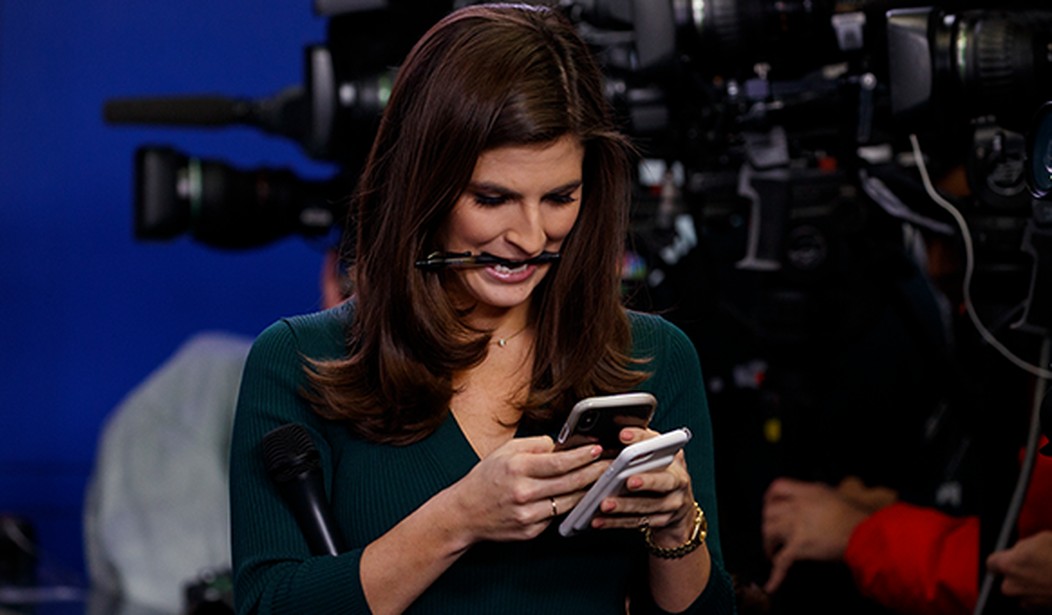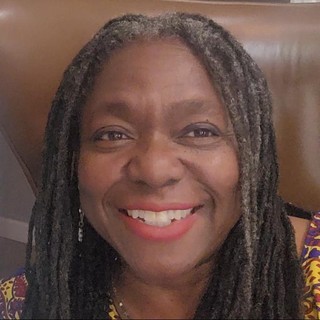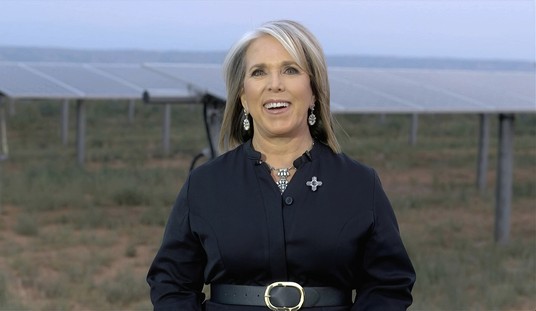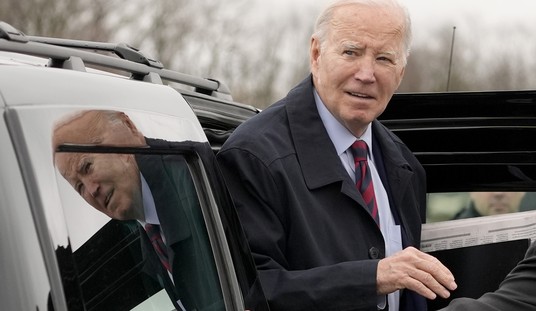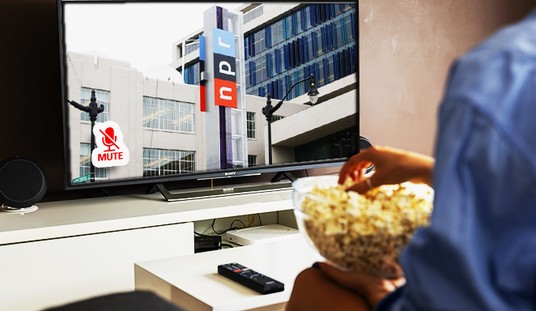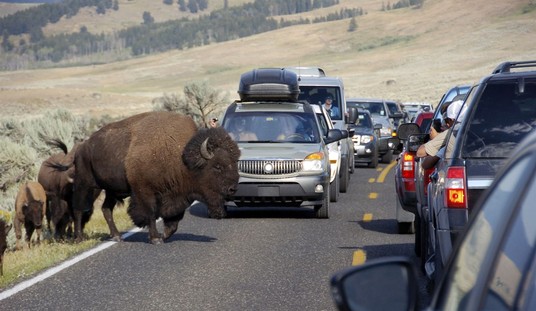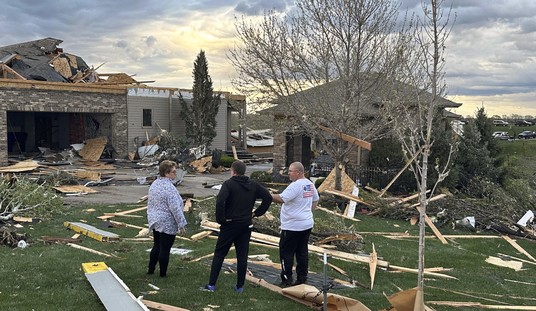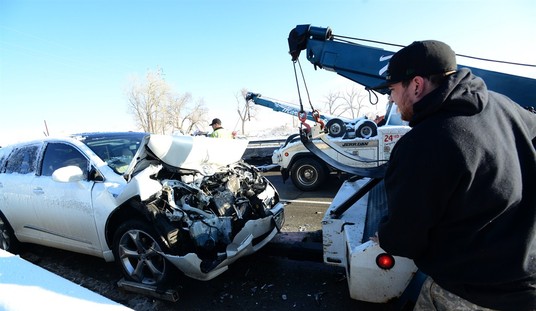
Pew Research Center conducted a survey between February 16 and March 17 of 11,889 U.S. journalists. I was one of the journalists invited to participate in the survey, which focused on areas of concern specific to journalists: namely, the future of press freedom, misinformation, political polarization, and the impact of social media.
It was an interesting survey to participate in, although the questions were limited in their scope. But since Pew seemed interested in a segmented representation rather than a broad brush view, this probably factored into the nature of the questions.
One of the poll questions that was not asked, and that would have been helpful to the scope, is which outlets every journalist hailed from. I suspect because of the survey results and findings, the majority are legacy media news conglomerates like The New York Times, The Washington Post, The Washington Examiner, ABC, NBC, CBS, etc., with a sprinkling of small town and online outlets mixed in.
I am not the only one that found the survey a bit limited. Journalist and blogger Jeff Alworth expressed what he felt was a flaw:
Pew Research just released a report on journalists’ attitudes about their profession. There’s just one problem: Pew apparently thinks we all write about politics.https://t.co/5l7cIvTyFm
— Jeff Alworth (@Beervana) June 15, 2022
From Alworth’s blog:
Pew’s clear goal is to unearth the attitudes of political journalists. Most reporters don’t cover politics. Boot up your Google news feed and you’ll see categories like sports and technology and business and entertainment. Indeed, back when news came from the hand of a paper boy, these were actual sections in the newspaper. In combining responses from journalists on different beats, the framing matters.
He’s right. This survey and its questions were skewed toward those who cover politics. The sad commentary is that politics has infected everything, so Pew probably didn’t think twice.
Don’t get me wrong, I love writing on politics and have an affinity toward the subject matter. However, I also love writing on other subjects, and feel those subjects are essential in gaining an overall perspective and view of the world. As Alworth said, news organizations used to specialize in refining those differences. I spent seven years covering entertainment, faith, and community for one outlet, and good journalists are needed to highlight every aspect of life through different lenses. Those voices should have had a chance to be heard in this survey.
Beyond the limits of the sampling pool toward politics, the survey revealed other interesting aspects of the profession.
Journalists have a rose-colored view of what they actually do.
We also think very highly of ourselves. The survey reveals that we think we are doing a “good job” getting the news out and covering information.
The American public’s view? Not so much.
From the Pew report:
Journalists give far more positive assessments than the general public of the work news organizations are doing. And on four of the five items, Americans on the whole are significantly more likely to say the news media is doing a bad job than a good job. For example, while 65% of journalists say news organizations do a very or somewhat good job reporting the news accurately, 35% of the public agrees, while 43% of U.S. adults say journalists do a bad job of this.
Similarly, while nearly half of journalists (46%) say they feel extremely or very connected with their audiences, only about a quarter of the public (26%) feels that connection with their main news organizations.
I find it fascinating that 46 percent feel “very connected with their audiences,” when a good majority of the press exists in population centers like New York, Chicago, and Los Angeles. “Connection” is often reflected in coverage.
Take these J6 hearings. Outside of D.C. and New York, I doubt if anyone in Kansas or Iowa is tuning in. Yet, this is receiving wall-to-wall coverage, while the general public’s concerns are with inflation, gas prices, and our supply-chain issues. It reflects a real disconnect that these journalists are showing how little they care about their audiences through the lack of coverage on things that matter to them.
Journalists need to get out of their professional bubble.
Since the survey is skewed toward political journalists, this is not surprising.
Indeed, when asked to describe their industry in a single word, nearly three-quarters of journalists surveyed (72%) use a word with negative connotations, with the most common responses being words that relate to “struggling” and “chaos.” Other, far less common negative words include “biased” and “partisan,” as well as “difficult” and “stressful.” (See Chapter 1 for more detailed figures and the methodology for more details about the question asked.)
Being a war correspondent is chaos and a struggle. Politics is rough and tumble, and it keeps you on your toes, but difficult and stressful? It has those moments, but not really. Apparently a majority of journalists hold a slanted view about what their jobs entail, which will definitely affect what is covered and how it gets covered.
One of the reasons I write my “Feel-Good Friday” columns is to get out of that bubble and connect with humanity for humanity’s sake.
The report also identifies several specific areas of concern for journalists, including the future of press freedom, widespread misinformation, and politically like-minded people getting news from the same sources.
In breaking down the survey, the number of journalists concerned about the future of press freedom tended to be older. Those concerned about widespread misinformation tended to be younger. Anecdotally, older journalists such as myself, never went to J-school. Even those who did tend to have a greater respect for the Constitutional right of freedom of the press. We have a greater degree of life experience, we’ve seen a lot more, and we question a lot more. Many of the younger crowd are products of their J-school education, and much of it is like the K-12 education we are seeing implode across America. It is now meant to indoctrinate, rather than educate.
Diversity. You keep using that word—I do not think it means what you think it means
The survey also reveals this with its questions on diversity and inclusion:
The responses from the almost 12,000 journalists surveyed suggest that newsroom diversity is a work in progress: Journalists give their news organizations mixed grades on how well they are doing in building a sufficiently diverse staff. There is broader agreement that organizations generally treat staff fairly, regardless of age, gender, or race and ethnicity. Still, fewer than half of journalists say their organization makes issues of diversity and inclusion a major priority, and about half have participated in a formal training session about diversity in their workplace in the past year.
Sadly, the question excludes diversity of thought, which is sorely lacking in a majority of newsrooms and news outlets. There would be far less concern about “misinformation” and political polarization if this were not the case.
Along with the makeup of the newsroom itself, many experts say diversity can have a significant impact on the quality of journalism because a more diverse staff is likely to produce a wider range of stories and perspectives.
This concept is given lip service in much of legacy media. But at the end of the day, the news editors would rather ignore the lack of diverse perspectives on the news, while pushing race, age, and gender, and pretending this represent the fullness of diversity.
Your side doesn’t deserve to be represented.
There’s a lot more to analyze from this survey, but the last major takeaway is that a little over half of the journalists surveyed (55 percent) say that for reporting, every side does not always deserve equal coverage.
Some of journalists’ views – such as whether every side deserves equal coverage – are connected to the ideological composition of their audiences. Journalists were asked about the political leanings of the audience at the organization where they work (or the main one they work for if they work for more than one), and roughly half say that their audience leans predominantly to the left (32%) or right (20%). An additional third say their organization has a more politically mixed audience, while 13% are unsure.
Herein lies the battlefield between legacy media and conservative and alternative media. As long as legacy media journalists maintain this viewpoint, and also work at platforms that maintain the bigger megaphone, these issues of monitoring and censorship will continue to be encouraged and employed. Until journalists reconnect to the humans in the stories that they deliver, and not just treat them like subjects behind a glass, or objects to be destroyed, we will continue to have the limited and non-existent coverage on what really matters to Americans.
For those geeks who love to dissect more, here’s the full Pew report with methodology.

